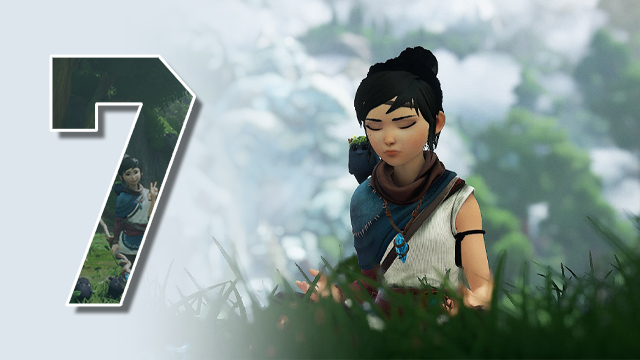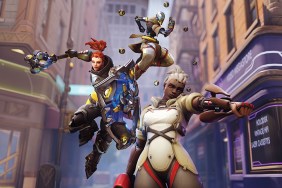Kena: Bridge of Spirits is a throwback to a bygone era but with the technical prowess of a current-gen game. Taking its cues from older The Legend of Zelda games — it’s no surprise that its developer and digital animation studio Ember Lab previously produced a Majora’s Mask short film — puzzle-solving through its lush world feels like being wrapped up in a comfort blanket. Unfortunately, Kena’s retreading of old ideas also means that it doesn’t do anything new, with this unoriginality leading to an enjoyable experience that fails to carve out its own path.
Not rot-ten
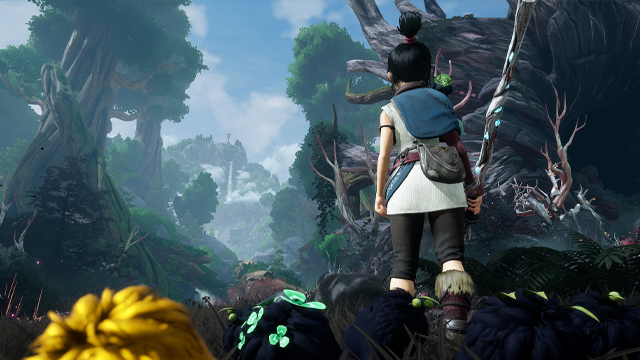
The titular Kena is a spirit guide; someone who helps traumatized spirits pass through to the other side. As such, she is imbued with magical powers that also help her destroy the corrupted shrines, which have taken over the once-flourishing world and marked the arrival of monstrous enemies. Armed with her sacred staff, which also handily doubles up as a bow that you unlock as you progress, Kena takes on these enemies and solves puzzles to progress, unlocking upgrades to improve her abilities as she goes, along with new cosmetics for the ‘Rot’ — small, almost aggressively adorable creatures that help her on her journey.
The Rot — a name that is hilariously unfitting for these cuddly guys — make good use of Ember Lab’s animation prowess; Bridge of Spirits is the first game developed by the company, and it’s clear from its visuals where the studio’s talents predominantly lie. The Rot are wonderfully brought to life, bounding alongside Kena as she explores the vibrant East Asia-inspired open world, posing alongside points of interest, and hamming it up for the camera whenever you switch to Photo Mode. Outside of the Rot, the detail here remains second-to-none, with Disney-esque animation and a gorgeous setting to explore.
Whenever Kena cleanses an area, ridding it of its “sickness” and returning it to nature, the transition from decayed trees and dead grass to vibrant greenery is consistently mesmerizing. While much of Bridge of Spirits takes place in bright woodland, whenever the environment shifts — from bursts of lightning through the trees, to an apocalyptic forest fire — I’d pull up the Photo Mode and admire the scenery. This is amplified by an excellent original score composed by Theophany, with Dewa Putu Berata also providing a traditional Balinese composition to reflect the culture’s influence on Bridge of Spirits’ setting.
Ocarina of Fine
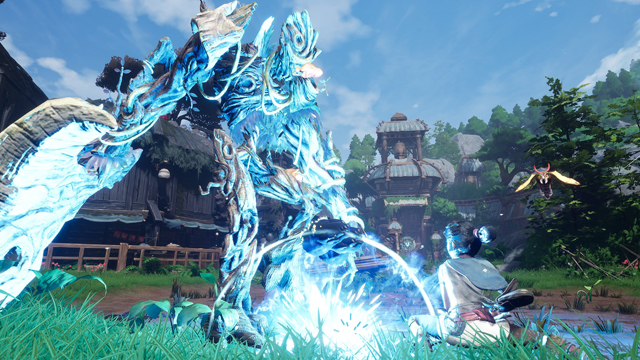
But while Kena’s visual direction and technical achievements are ahead of its peers, its gameplay is an unambitious retread of old ideas. Combat is limited to a light and heavy attack with a smattering of additional moves available to unlock, but most enemies can be taken down with a couple of hits on its normal difficulty setting. Bosses fare better, with them having weak points to target and attack patterns to memorize, but with the parry mechanic being woefully inconsistent and difficult to time, I fought most using a combination of the bow and one Rot-powered heavy attack. It’s perfectly passable, but considering the action-adventure genre has received so many combat system evolutions over the years from Arkham to Assassin’s Creed, Kena is a simplistic take on mechanics made more exciting elsewhere.
While Bridge of Shadows is clearly inspired by Zelda, its puzzles don’t meet the quality of the Nintendo series’ dungeons. The bomb ability you eventually unlock spices things up, but there are many duds here that the game reverts back to, such as getting the Rot to pick something up and move it somewhere else like a dull version of Pikmin. The puzzles are basic enough that, when some popped up that required an inspection of the environment to find out what to do, I’d find myself stuck simply because I didn’t expect it.
Spirit in the sky
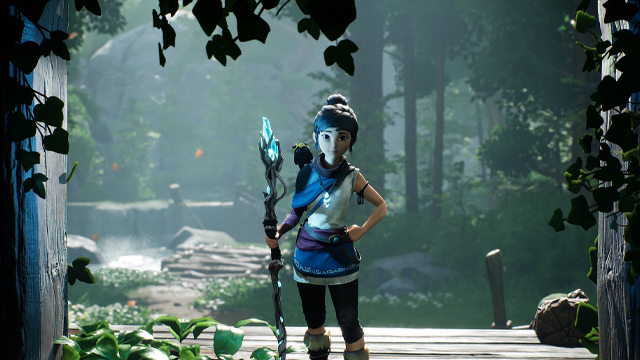
There are secrets to unlock in its open-world — which is forgivingly smaller than the sprawling environments prevalent across big-budget releases, with the game’s length clocking in at under 10 hours — and certain puzzles require abilities only unlocked later in the game, which presents some replayability and revisiting of old environments. However, the collectibles you earn are limited to currency or cosmetic hats you can equip to the Rot — personally, I loved styling out these little guys, but your own enjoyable of cosmetic items in games may vary.
The story is also mostly forgettable. Bridge of Spirits touches on themes of bereavement and coping with loss, though is delivered with too little emotion for it to affecting. Given that Kena is from a lineage of spirit guides, she approaches her “work” with a familiarity that made me struggle to connect with her. The wonderful animation work brings a level of interest in the cutscenes that its script struggles to match.
Kena: Bridge of Spirits Review: The final verdict
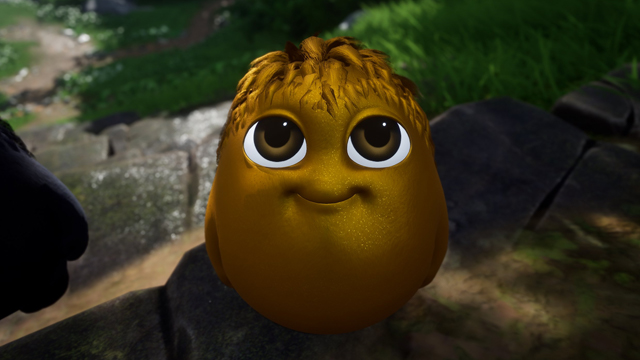
Kena: Bridge of Spirit’s exceptional visuals clash with its unexceptional gameplay to create a gorgeous experience that would be forgettable if not for its technical prowess. Its combat, puzzles, and platforming are enjoyable but fail to set the world alight, though the adventure is elevated by the beauty of its open world and its highly animated characters.
-
Stunning visuals.
-
The Rot are adorable.
-
Excellent original score.
-
Good boss battles.
-
Combat lacks depth.
-
Puzzle-solving can be tedious.
-
Unengaging story.
